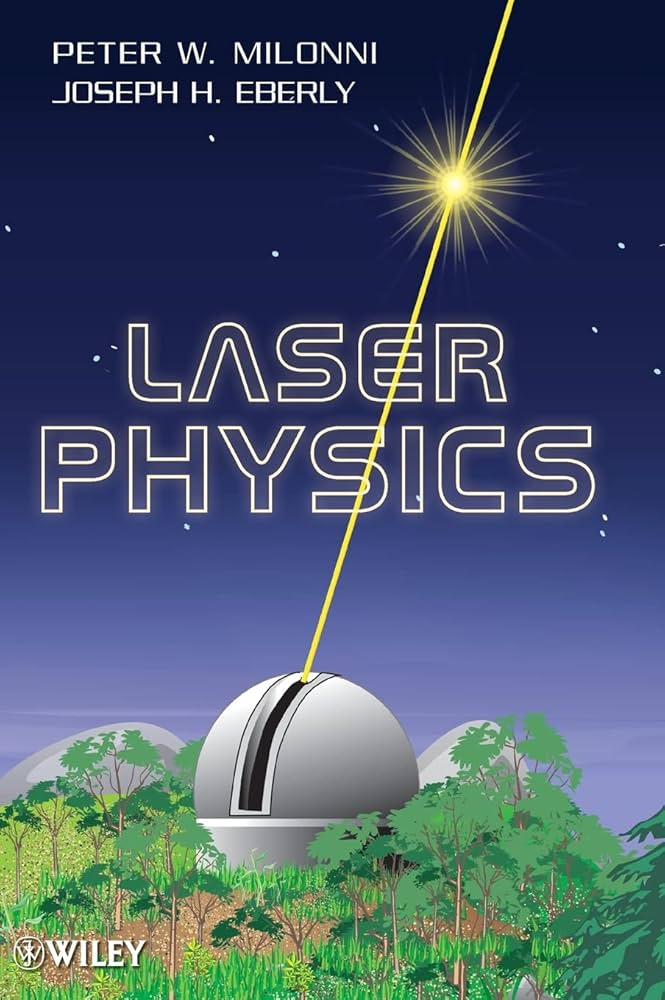Spring models show up everywhere in science and engineering. From atomic physics to material science, to civil engineering and much more, springs have been wildly successful at predicting physical phenomena. Between the atomic and human length scales, the only force that really exists is the force between moving charges, aka the electromagnetic force. Okay I know that is a strong statement to make and of course we are all familiar with gravity, but it is largely true. Therefore, basically everything we model with springs can be accurately described using the standard laws of electromagnetism that we know and love.
Ignoring magnetism let's consider the other component of the electromagnetic force, that is electrostatic force between charged objects. For two objects with charges $q_1$ and $q_2$ the force between them can be calculated as: $$F = k\frac{q_1q_2}{r^2}$$ On the other hand, Hooke's law which tells us how to determine the force a spring is exerting is: $$F = -k r$$ Notice how vastly different these two functions are. The electric force gets smaller as distance increases and springs do exactly the opposite. Not only that but the order of the scaling is different, with springs being linear and charge being an inverse square. Looking at this it is hard to imagine how we can model reality using springs, they are just not representative of the way particles and objects interact. Nonetheless, spring models work, really fucking well at that. Why is that the case?
Ultimately these two forces can be reconciled and to do it we need to look at the taylor series expansion of the electric force about the point $x_0$. Actually what we are more interested in is the series expansion of the potential energy function. Recall that potential energy and force are related by $-\int F = U$. So for the spring $$U(r) = \int kr = \frac{k}{2}r^2$$Now consider the Taylor series expansion of an arbitrary potential $U$ about the point $r_0$. $$U(r) = U(r_0) + U'(r_0)(r-r_0) + \frac{U''(r_0)}{2} (r-r_0)^2 + ...$$ Notice the similarity between the third term above and the spring potential. They are both square in $r$. So if all other terms go to zero then we have on our hands a "spring-like" potential. When does this happen? 1. Recall that energy is always defined relatively. Therefore, the constant $U(r_0)$ can be subtracted away. 2. When the system is at a local potential minimum at $r_0$ thus making $U'(r_0) = 0$. 3. $(r - r_0)$ is small, or in other words displacement from $r_0$ is small. This implies that higher power terms of $(r-r_0)$ will rapidly diminish.
So essentially if we are at a local minimum of energy and the displacement is not too massive, then our electric force will be spring-like. Fortunately for us, systems tend to settle into their local energy minimums, meaning that many things like crystal structure and electron-to-atom binding can be modeled as springs.
For a very interesting explanation of the electron oscillator model, which treats electrons as balls on springs connected to protons, check out "Laser Physics" by Joseph H. Eberly and Peter W. Milonni. This is a surprisingly powerful way to model light-atom interactions. The electron oscillator model predicted many things that puzzled scientists prior to the development of quantum theory. Unfortunately, the model can't do everything -- quantum mechanics is needed for the whole story.
